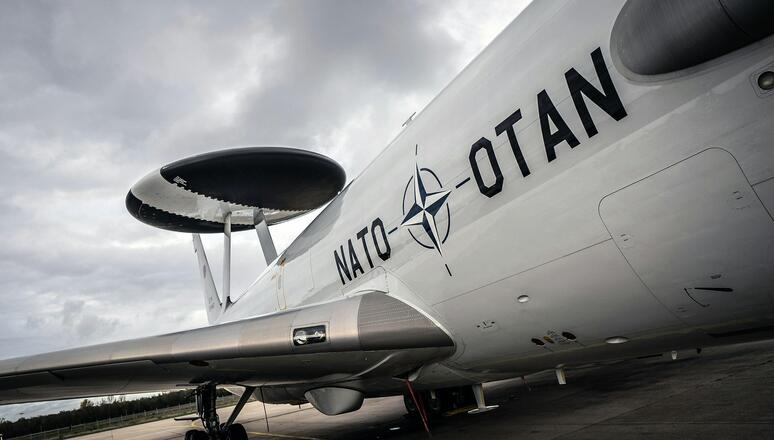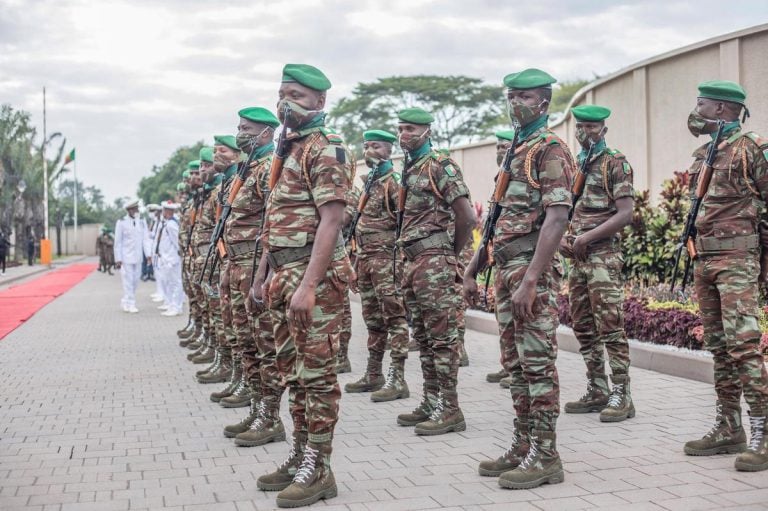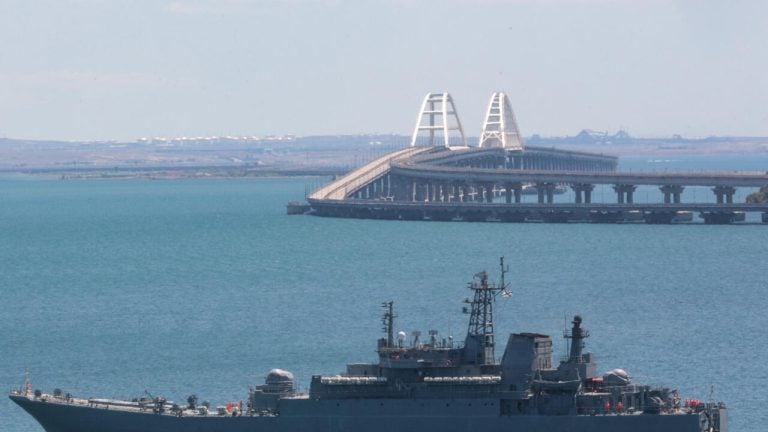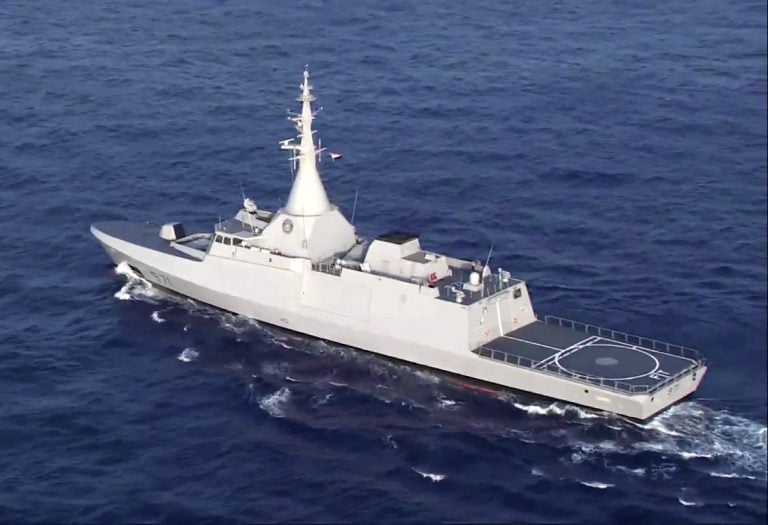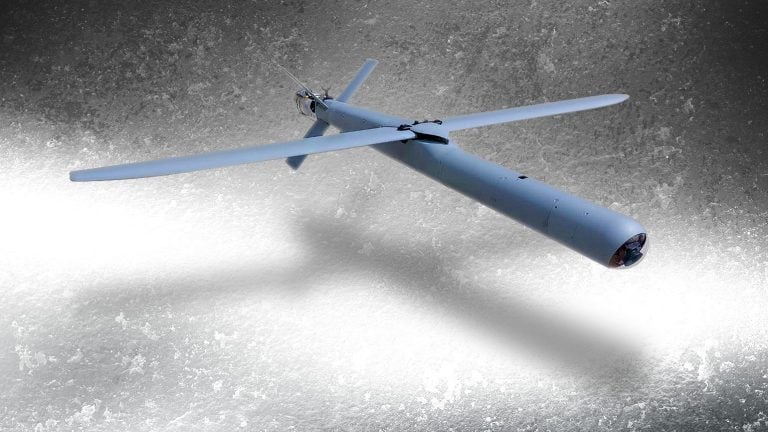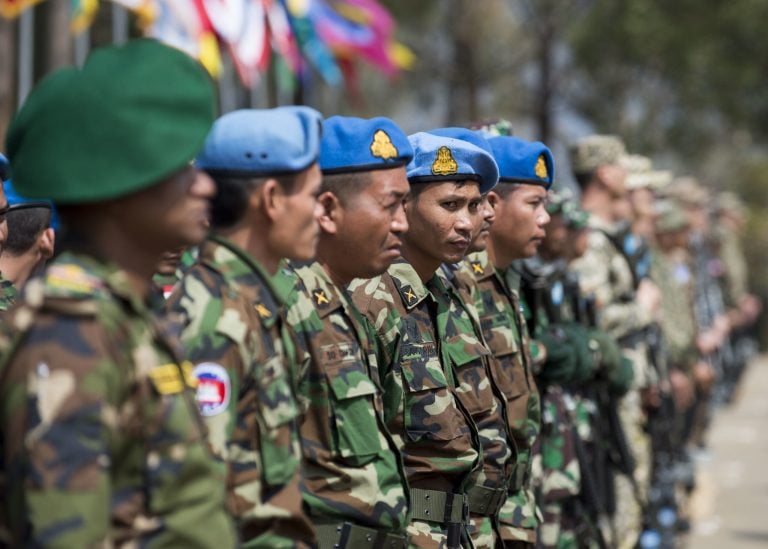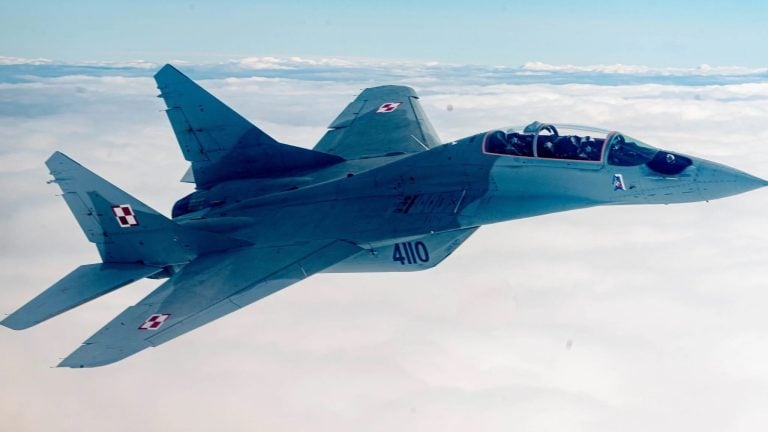Germany’s foreign minister indicated a willingness to support U.S. President Donald Trump’s call for NATO allies to increase defense spending to five percent of their Gross Domestic Product (GDP). Speaking during a NATO meeting in Turkey, Johann Wadephul expressed that NATO chief Mark Rutte had proposed a plan to meet this target, which Trump deems essential for the alliance’s effectiveness. Wadephul stated, “And we follow him there,” signaling Berlin’s commitment to this initiative.
This announcement puts additional pressure on other European nations and Canada, as they prepare for a NATO summit in The Hague next month, where discussions on military spending are expected to take center stage. Rutte had previously outlined a framework suggesting that allies commit to 3.5 percent of direct military spending by 2032, along with an additional 1.5 percent allocated for broader security-related expenditures. This framework has gained support from the United States, effectively fulfilling Trump’s request while allowing European nations some flexibility as they continue to work towards the current NATO target of two percent of GDP.
Rutte refrained from providing specific details about the discussions, but underscored the importance of considering broader spending needs, such as infrastructure improvements necessary for the efficient movement of military assets.
Italy’s Foreign Minister Antonio Tajani announced that Italy recently achieved NATO’s two percent spending target, viewing this as a foundational move towards enhancing defense budgets. He noted, “This is the first step. Then it’s possible to do more, it’s possible to increase the money for defense,” while emphasizing the broader notion of security that encompasses more than just military hardware.
Trump’s previous threats to withdraw U.S. protection from NATO countries that do not meet spending expectations have heightened concerns among European allies, particularly regarding the potential threat from Russia. Despite pressure for increased spending, none of NATO’s 32 member countries, including the U.S., currently allocate five percent of their GDP for defense. However, Eastern European nations like the Baltic states and Poland, which are particularly apprehensive about Moscow, have indicated a readiness to exceed this spending level on direct military initiatives.
